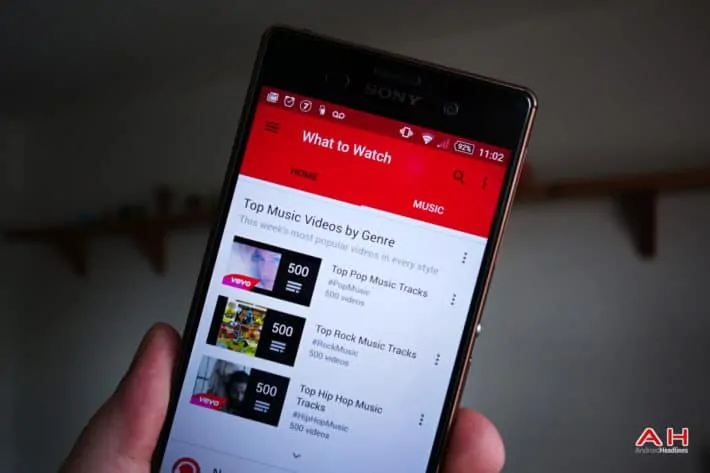The music industry, like many other industries, has seen a radical change over the last few years and largely thanks to the increasing number of ways in which digital music can be consumed. One of the most obvious is the rise in adoption of streaming services where users pay to have unlimited access to music and from that subscription, royalties are paid to content providers based on a number of variables. Although that is one method which has raised its own royalty issues in the past. Of course, then there’s YouTube. A service which is essentially free to the user and one which has also become one of the main providers of music content. As a result, it is one which has become a contentious issue between original artists and YouTube. A matter which does not look to be ending anytime soon. A report out of Re/Code today highlights an interview with Cary Sherman, head of the Recording Industry Association of America (RIAA) and who is looking to secure a better deal for their associated artists in this new digital age. However, as Sherman points out in the interview, finding a fair level of return from YouTube is providing much harder than it should be and than through other streaming services. One of the reasons for this is that YouTube still falls back on the use of the Digital Millennium Copyright Act (DMCA) which was first put together back in 1998 and it is this dating that Sherman points out is one of the leading issues when negotiating with YouTube – as its dating is not one which Sherman believes is relevant to today’s digital streaming landscape.
More interestingly, another aspect which Sherman picks up is the repetitive issue of user uploaded videos. In fact, Sherman highlights that YouTube almost uses this as a bargaining chip when negotiating on how much the video service is willing to pay. Sherman notes that YouTube essentially throws out a figure knowing that artists and those who represent them will have little choice other than to agree with the proposed amounts as the “music is still going to be up on the service anyway” due to unauthorized uploads. While YouTube do comply with take down notices, Sherman further notes that this is an issue in itself as YouTube will only take down a an upload which they specifically point towards. If there are another 100 uploads of the track already available, YouTube will not do anything without another 100 take down notices being issued. Sherman suggests a much more effective way would be for the use of “take down and stay down” notices, which would effectively require YouTube to remove all of the unofficial uploads. Sherman points out that the current status quo makes little difference in the grand scale of things. Not to mention, one which continues to add to YouTube’s ability to avoid real negotiations on royalties.
Re/Code did reach out to YouTube on the matter and for clarification on the subject, but it seems YouTube were unwilling to respond directly to the comments and instead highlighted a recent issued statement which made it clear that more than $3 billion has been paid out in royalties to date. As well as the recent introduction of the YouTube Music app which is not only designed to offer consumers a more music-oriented experience, but to further help generate revenues for artists and those associated.

